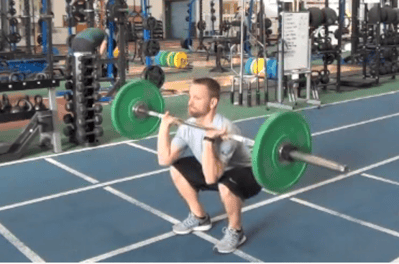 Burning more calories, developing more strength, and building the ultimate body in less time is an equation I think we can all get behind. In our world of “on-the-go” fitness—and, well, pretty much everything—finding ways to get more done in less time is a priority in many of our lives. But being effective and getting things done are two different things, in my opinion, and movement does not always result in progress. Being efficient and getting results at the same time in your fitness programming takes planning and choosing the best exercises for your desired outcomes.
Burning more calories, developing more strength, and building the ultimate body in less time is an equation I think we can all get behind. In our world of “on-the-go” fitness—and, well, pretty much everything—finding ways to get more done in less time is a priority in many of our lives. But being effective and getting things done are two different things, in my opinion, and movement does not always result in progress. Being efficient and getting results at the same time in your fitness programming takes planning and choosing the best exercises for your desired outcomes.
Two Steps to More Efficient Workouts
Scheduling your weekly workouts and determining the amount of time you can dedicate to each session is an important first step. Writing those workout sessions in your scheduler, as opposed to simply telling yourself when you will train, will make those sessions a priority and aid in accountability. So write it down!
What you are doing during those sessions to get the most out of the time you’ve allotted to yourself is the next step. If you are just getting started in this new year, I highly suggest you schedule some time with one of our fitness professionals to help you develop that efficient and effective program.
The Squat and Press
One of my favorite Big Bang exercises I highlighted in a previous post is the squat and press. Combining both upper body and lower body, squat and pressing patterns, and loading the anterior core, the squat and press exercise provides a whole lot of BANG! This exercise can develop power and strength in multiple movement patterns such as the front squat, overhead press, and trunk stability. By combining these patterns, the squat and press also has a rather high metabolic cost on the body. In layman’s terms, this exercise will get you breathing hard fast! That equates to multiple fitness aspects being challenged in a single movement. Now that is efficiency!
Variations on the Exercise
Here are a few variations on the squat and press you can implement in your program. Remember, you cannot put on a tie before the shirt, so choose the progression that makes the most sense to you and your fitness level.

BONUS Workout: Metabolic Burn
- 1A sandbag squat & press (sub any variation) 3 x 10
- 1B TRX rows 3 x 10
- 1C mountain climber 3 x 10/leg
- Rest 3 minutes
- 2A kettlebell swings 3 x 15
- 2B pushups 3 x 10–12
- 2C side plank 3 x :30/side
This blog was written by Tony Maloney, ACSM Certified Exercise Physiologist. To find out more about the NIFS bloggers, click here.


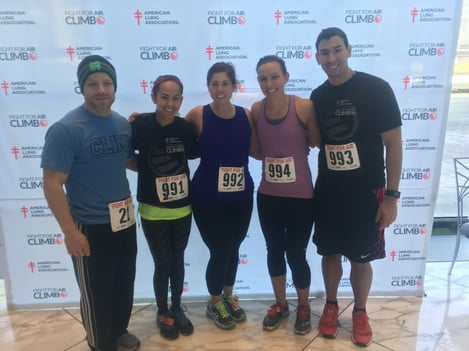 A few years back I participated in my fourth
A few years back I participated in my fourth 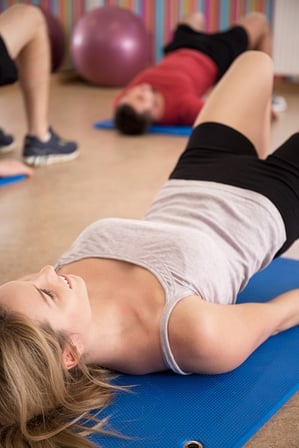 The benefits and importance of developing the glutes in sports performance, fitness, and physique is a popular topic these days and has been for quite some time. In fact, an entire industry is built around shaping the perfect backside for some, and developing the most powerful athlete for others.
The benefits and importance of developing the glutes in sports performance, fitness, and physique is a popular topic these days and has been for quite some time. In fact, an entire industry is built around shaping the perfect backside for some, and developing the most powerful athlete for others. 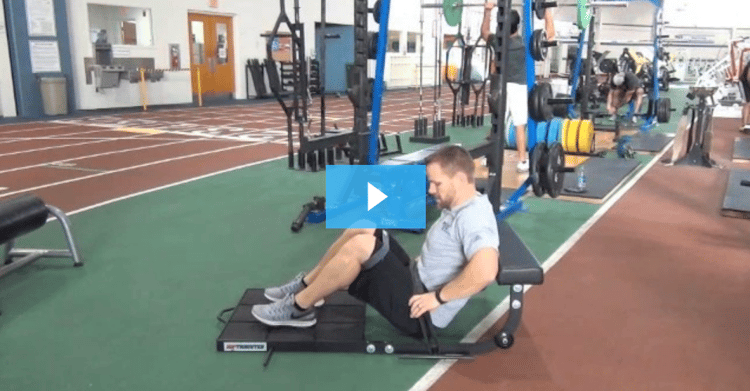
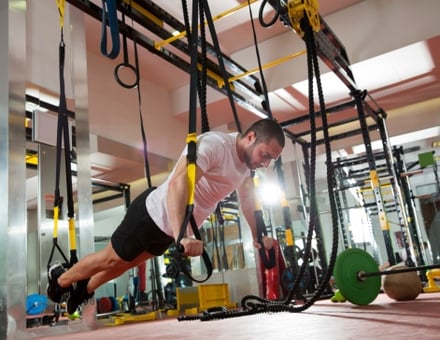 One of the major misconceptions I am happy to battle as a fitness professional is the wildly popular idea that if a little is good, more must be better. One of my favorite quotes from movement guru
One of the major misconceptions I am happy to battle as a fitness professional is the wildly popular idea that if a little is good, more must be better. One of my favorite quotes from movement guru 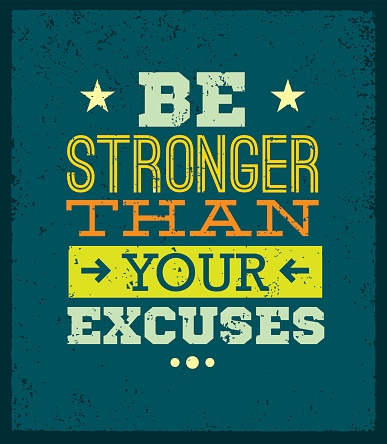 Of the many lessons that the recent events have provided, one that stands out to me is that anybody can be anything if they take action and pursue it.
Of the many lessons that the recent events have provided, one that stands out to me is that anybody can be anything if they take action and pursue it. 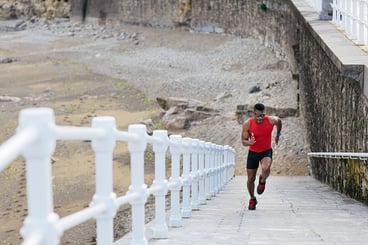 The New Year is just around the corner and many will be out to improve themselves on many levels in 2021, with health and fitness usually being number one on the list. If losing weight, increasing lean muscle tissue, and sculpting a lower half that will certainly turn heads, while all at the same time improving your heart health is what you are looking for, I have one answer. The use of sprints in the world of fitness and sport performance is nothing exceptionally new, but can be new to you. Actually, sprinting (fast, short bouts of running) was used to stay alive long before we used it as a mode of training.
The New Year is just around the corner and many will be out to improve themselves on many levels in 2021, with health and fitness usually being number one on the list. If losing weight, increasing lean muscle tissue, and sculpting a lower half that will certainly turn heads, while all at the same time improving your heart health is what you are looking for, I have one answer. The use of sprints in the world of fitness and sport performance is nothing exceptionally new, but can be new to you. Actually, sprinting (fast, short bouts of running) was used to stay alive long before we used it as a mode of training. 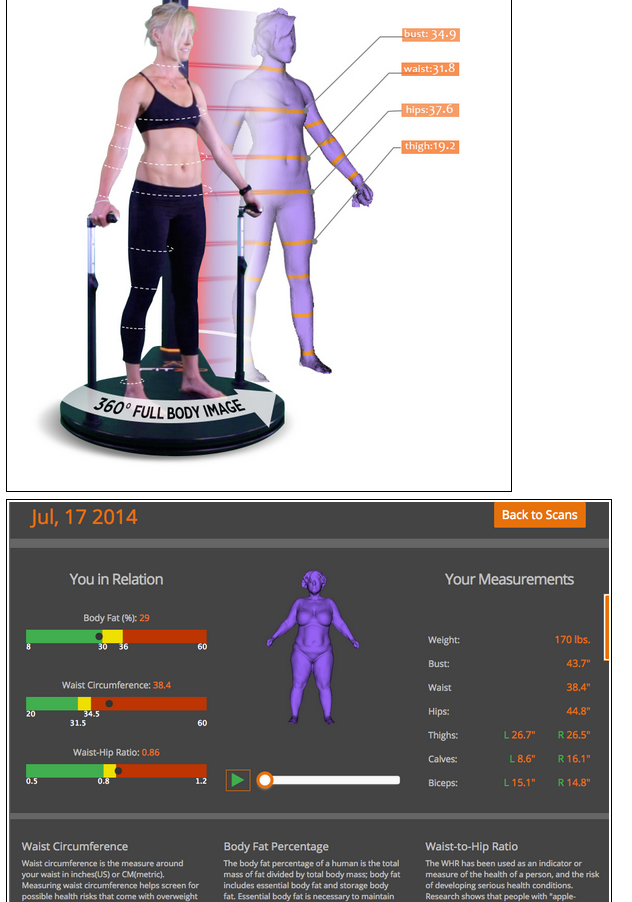 Other Things Your Inches Are Telling You
Other Things Your Inches Are Telling You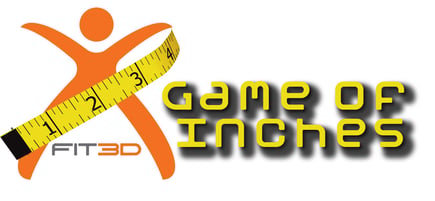
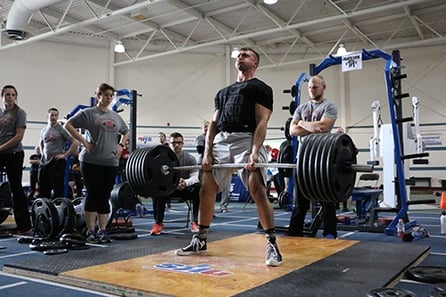 The NIFS 3
The NIFS 3
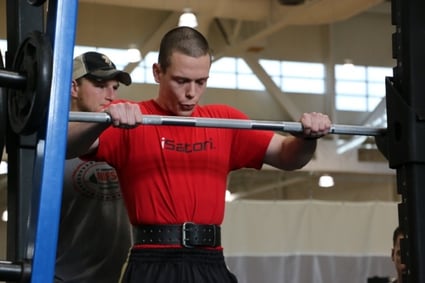 For all you Rocky fans out there (and I am assuming that is all of you), the name
For all you Rocky fans out there (and I am assuming that is all of you), the name 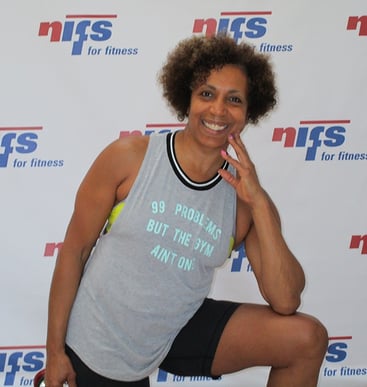 For the next installment of
For the next installment of 